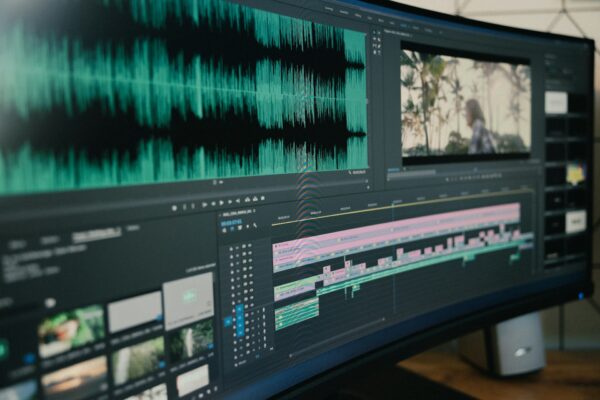Video production is an intricate art form, where every element must be carefully considered. One such critical element is depth of field, which can significantly impact the overall quality of your video projects. Let’s explore the top strategies for harnessing the power of depth of field to elevate your video production to the next level.
Choosing the Right Camera and Lens
Your choice of equipment plays a pivotal role in achieving the desired depth of field in your video production. The size of your camera sensor and the type of lens you use can significantly impact the depth of field you can achieve. By carefully selecting the right camera and lens for your project, you lay the foundation for exceptional video production results.
Aperture Control
Aperture control is a fundamental aspect of manipulating depth of field in video production. Wide apertures, such as f/1.8, are ideal for achieving a shallow depth of field, creating a stunning bokeh effect that isolates your subject. Conversely, narrow apertures, like f/16, are suited for deep depth of field, ensuring everything in your frame remains sharp and clear. We’ll provide practical tips on adjusting aperture settings for optimal results.
Focusing Techniques
Mastering focusing techniques is another critical aspect of effective depth of field control in video production. Whether you opt for manual or autofocus, understanding techniques like rack focusing is essential for transitioning between subjects at different depths seamlessly. We’ll also explore the benefits of focus peaking and magnification for precision in your video production.
Composition and Framing
The interplay between depth of field and composition is integral to producing visually compelling videos. We’ll discuss how depth of field can enhance your composition, utilizing techniques such as the rule of thirds to create captivating visuals. By incorporating foreground and background elements, you can add depth and dimension to your video production.
Lighting Considerations
Lighting is a pivotal factor in video production, and it has a profound impact on depth of field. We’ll delve into how lighting conditions can affect your shots and provide valuable techniques for controlling light and shadows to achieve your desired depth of field. Additionally, we’ll explore how artificial lighting can be harnessed to achieve optimal results in your video production.
Storytelling with Depth of Field
Effective storytelling is at the heart of every successful video production. Depth of field can be a powerful storytelling tool, allowing you to convey emotions and set the mood of your narrative. We’ll showcase case studies of films and videos that have effectively utilized depth of field for storytelling, providing inspiration and insights for your own projects.
Post-Production Techniques
In the ever-evolving world of video production, post-production techniques also play a significant role in manipulating depth of field. We’ll discuss how software tools can be used to fine-tune depth of field in post-production, adding bokeh and blurring effects for creative purposes while maintaining the professionalism of your video projects.
Conclusion
Mastering depth of field is an invaluable skill for any serious video production professional. It can elevate the quality of your work, enhance your storytelling capabilities, and set you apart in a competitive industry. By implementing the strategies outlined in this guide and continually honing your skills, you’ll be well on your way to achieving exceptional results in your video production projects.



